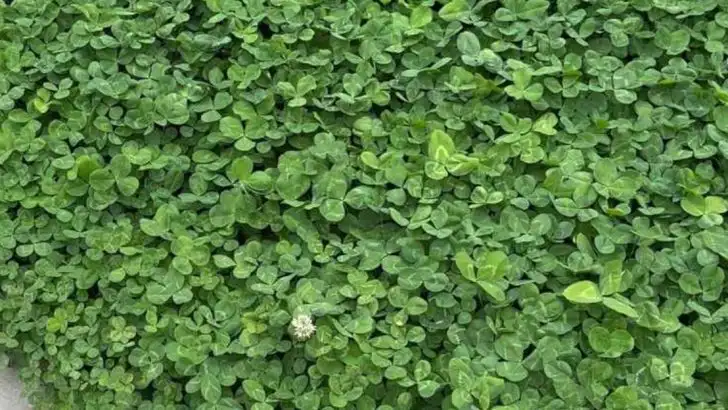Most gardeners rush to pull out anything labeled a “weed” — but what if some of those scrappy intruders are actually doing your soil a favor? While they may look uninvited, certain weeds play powerful roles in building soil health, attracting beneficial insects, and even protecting your crops.
From deep-rooted pioneers that break up compacted earth to nitrogen fixers that improve fertility, these misunderstood plants are often the first responders in damaged or depleted ecosystems. In fact, letting a few of them stay could be the best decision you make for your garden’s long-term health.
In this article, meet 11 surprising weeds that aren’t here to hurt your garden — they’re here to heal it. Once you learn to recognize their value, you might never look at an “invasive” plant the same way again.
Dandelion

Often dismissed as a pesky invader, the dandelion is a powerhouse of nutrients. Its deep roots aerate compacted soil, drawing up minerals like calcium from deep layers into upper soil. This makes it an ally for nutrient-hungry plants. Dandelions also attract pollinators, offering an early source of nectar. Not just a pretty flower, its leaves can be used in salads, adding a nutritious punch. Historically, dandelions were cherished for their medicinal properties, believed to aid digestion. Next time you see this cheerful flower, remember it’s more than just a weed.
Clover
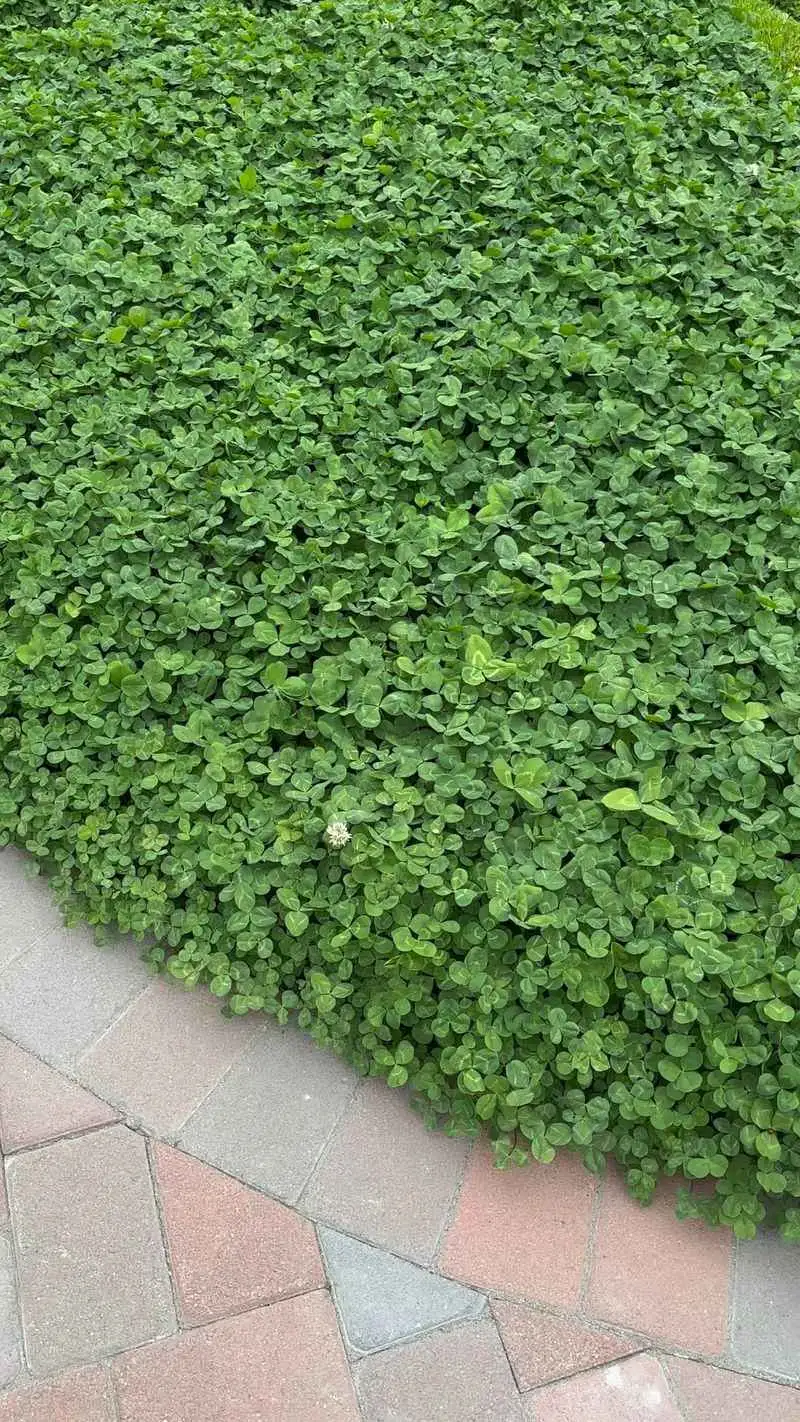
Clover is the unsung hero of natural fertilization. This humble plant enriches soil by fixing nitrogen, making it more fertile for neighboring plants. Its dense foliage suppresses less desirable weeds, acting as a living mulch. Clover also provides a perfect habitat for beneficial insects like bees. In medieval times, clover was considered a symbol of good luck and was used in various herbal remedies. Recognizing clover’s contributions, gardeners are incorporating it into lawns for a lush, green carpet that’s both beautiful and beneficial.
Chicory
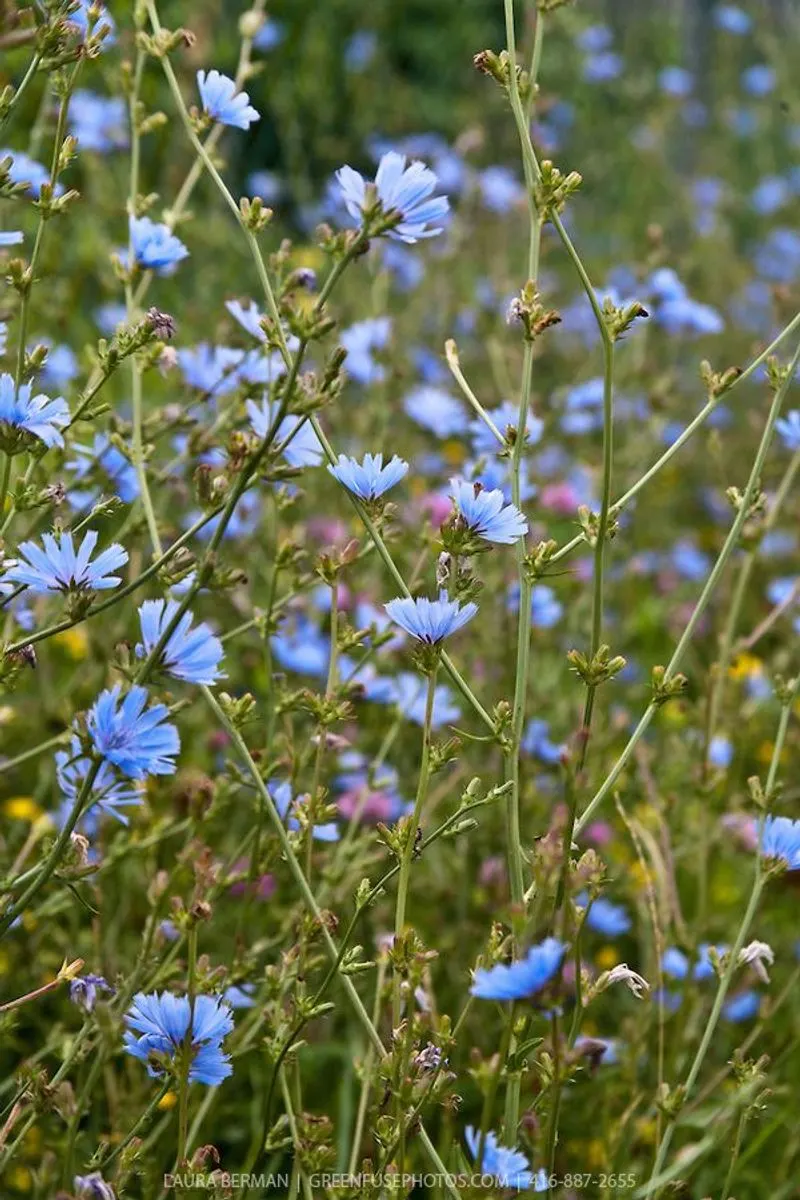
With its striking blue flowers, chicory is a plant with deep roots—literally and figuratively. These roots help break up hard soil and improve water infiltration. Chicory is not just beneficial for soil; its leaves offer a bitter yet nutritious addition to salads. The plant has a long history as a coffee substitute, appreciated for its rich flavor. Farmers often use chicory as forage for livestock, enhancing pasture quality. Seeing chicory’s blue blooms, one can’t help but appreciate its multifaceted benefits to both garden and farm.
Lamb’s Quarters
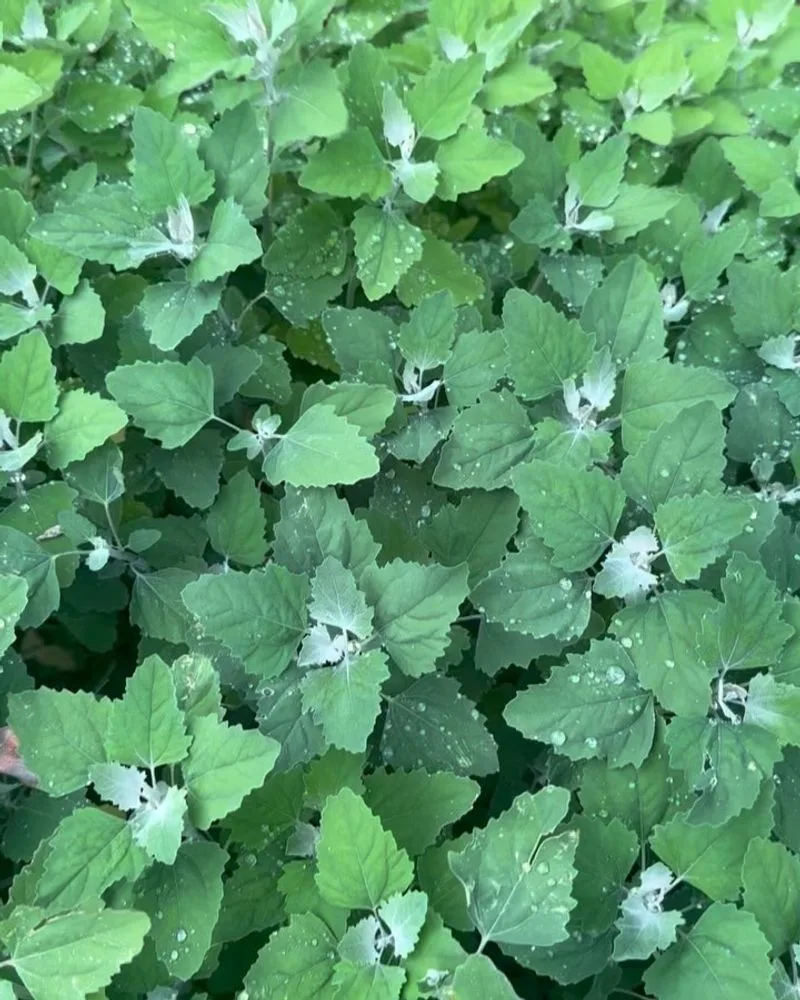
Hidden among garden rows, lamb’s quarters presents itself as a nutritional treasure. Often compared to spinach, it’s packed with vitamins and minerals. This hardy plant thrives in poor soil, improving its quality over time. Historically, lamb’s quarters have been a staple in various cuisines, valued for their versatility and nutrition. Its presence in gardens helps protect soil from erosion while adding organic matter as it decomposes. When you spot lamb’s quarters, consider it a gift of flavor and soil fertility.
Purslane

With its succulent leaves, purslane is more than just a weed; it’s a nutritional powerhouse. Known for its omega-3 fatty acids, it offers a boost to any salad. Purslane’s ability to thrive in harsh conditions makes it a resilient ground cover, protecting soil from erosion. Ancient Greeks valued purslane as a culinary delight and a medicinal plant. Its presence in your garden suggests soil health, as it prefers nutrient-rich environments. Embrace purslane for its unique blend of culinary and ecological benefits.
Nettle

Those stinging nettles might seem unfriendly, but they’re silently working wonders. Rich in nitrogen, they offer excellent compost material, accelerating decomposition. Nettles attract beneficial insects, boosting garden biodiversity. In folklore, nettles were revered for their healing properties, used in teas and soups. Despite their prickly nature, they’re edible when cooked and packed with nutrients. Consider nettles as a hidden asset, contributing to the health of both soil and gardener. Next time, handle with care and appreciation.
Plantain
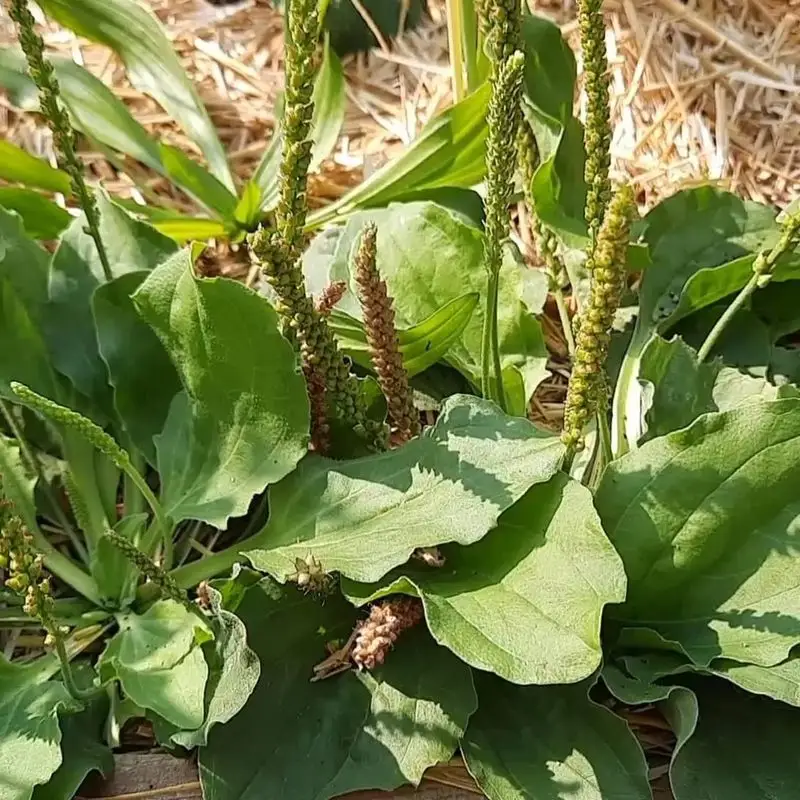
Plantain, with its broad leaves, often finds itself underfoot, unrecognized for its potential. This resilient plant improves soil structure by breaking up compacted areas. It’s a soothing remedy for skin irritations, used throughout history in poultices and salves. Plantain also attracts pollinators, contributing to a healthier garden ecosystem. Its presence indicates soil health, thriving in compacted, nutrient-rich areas. Instead of dismissing plantain, recognize its role in both garden health and herbal medicine, an ally in plain sight.
Yarrow
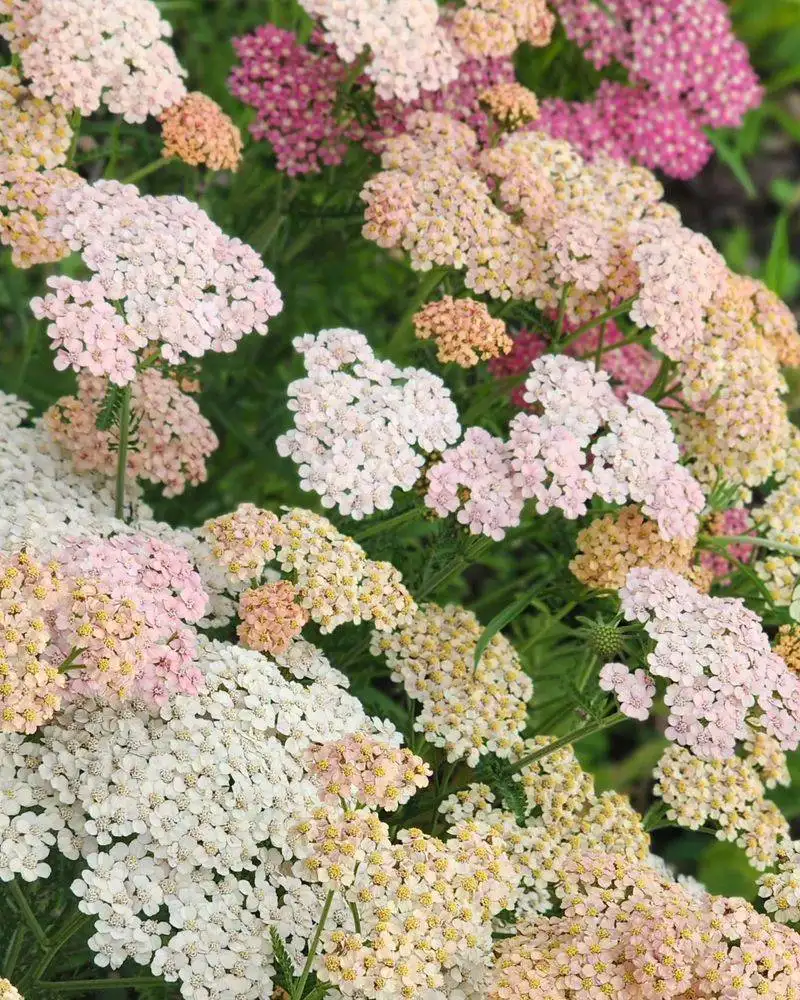
Yarrow’s delicate, feathery leaves conceal a powerhouse of benefits. Known for its ability to improve soil structure, yarrow draws nutrients up from deep within the earth. It also acts as a companion plant, attracting predatory insects that keep pests at bay. Historically, yarrow has been used for its medicinal properties, believed to aid in wound healing. Its drought tolerance makes it a resilient choice for dry gardens. Yarrow’s quiet strength enhances garden health while adding a touch of beauty with its blossoms.
Borage
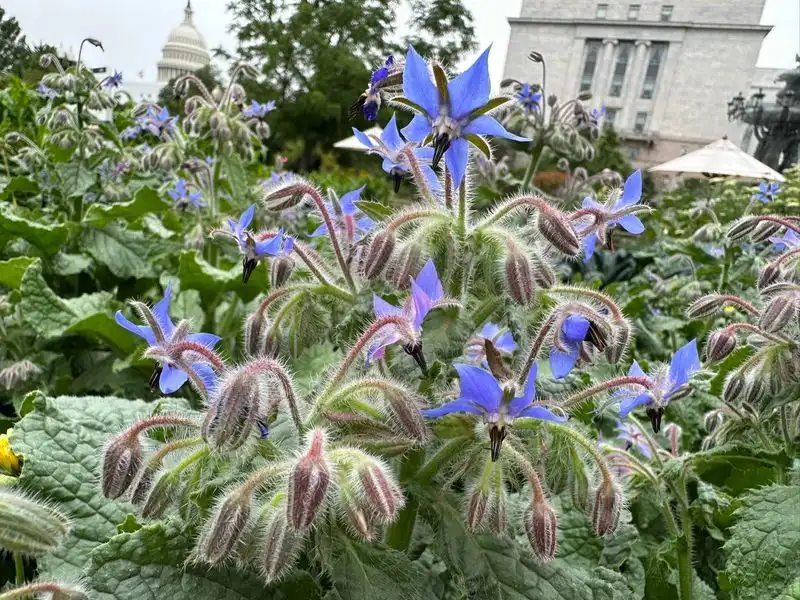
Borage, with its starry blue flowers, is a boon for any garden. This plant enhances soil by adding trace minerals, and its deep roots aerate the ground. Borage is a magnet for pollinators, especially bees, ensuring the productivity of fruiting plants. Its leaves and flowers are edible, with a cucumber-like flavor, adding interest to salads. Historically, borage was believed to bring courage to those who consumed it. In your garden, it stands as a symbol of resilience and productivity, a true plant partner.
Self-Heal
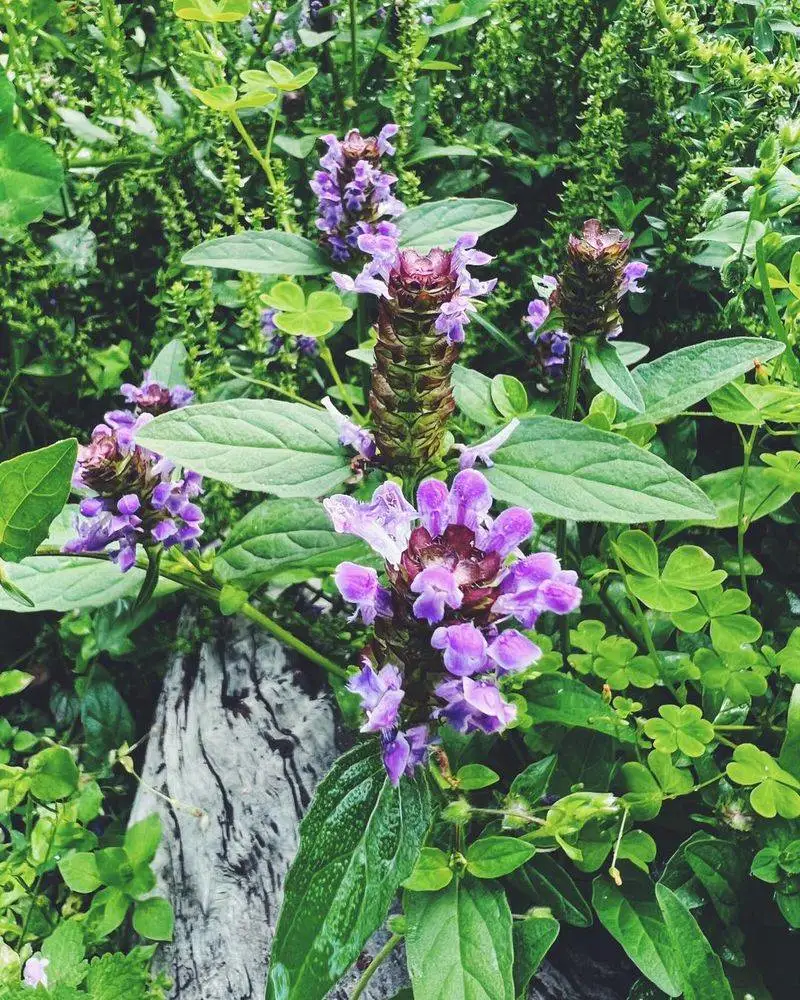
Self-heal, with its vibrant purple flowers, is aptly named for its historical use in herbal medicine. This plant contributes to soil health by improving structure and adding organic matter. It thrives in a variety of conditions, indicating robust soil when it flourishes. Self-heal is a favorite among pollinators, enhancing garden biodiversity. In folklore, it was considered a cure-all, used for various ailments. Embrace self-heal as a silent guardian of your garden, offering both beauty and ecological benefits.
Violet
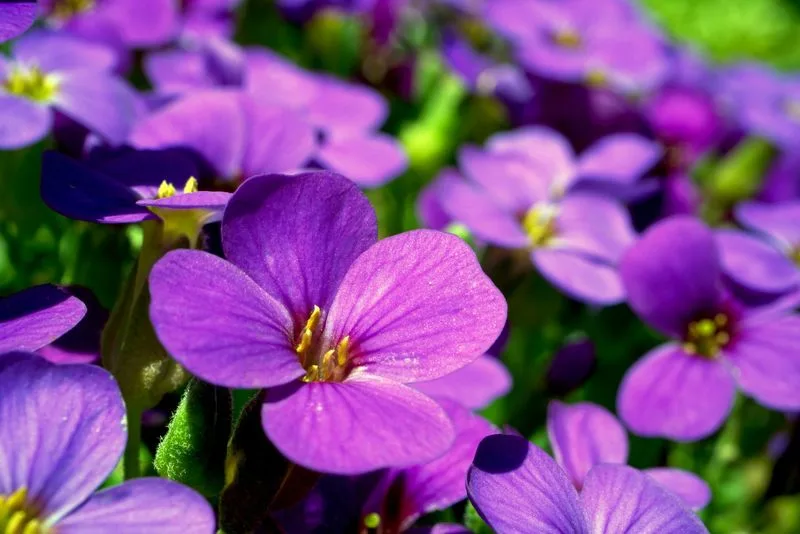
Violets bring more than a splash of color to the garden; they indicate healthy, rich soil. Known for their edible leaves and flowers, violets can be a delightful addition to salads. Their presence attracts pollinators, supporting garden biodiversity. Historically, violets were a symbol of love and remembrance, cherished in various cultural traditions. In your garden, they offer a hint of nostalgia with their delicate appearance and subtle fragrance. Consider violets as a charming and beneficial addition to your outdoor space.

